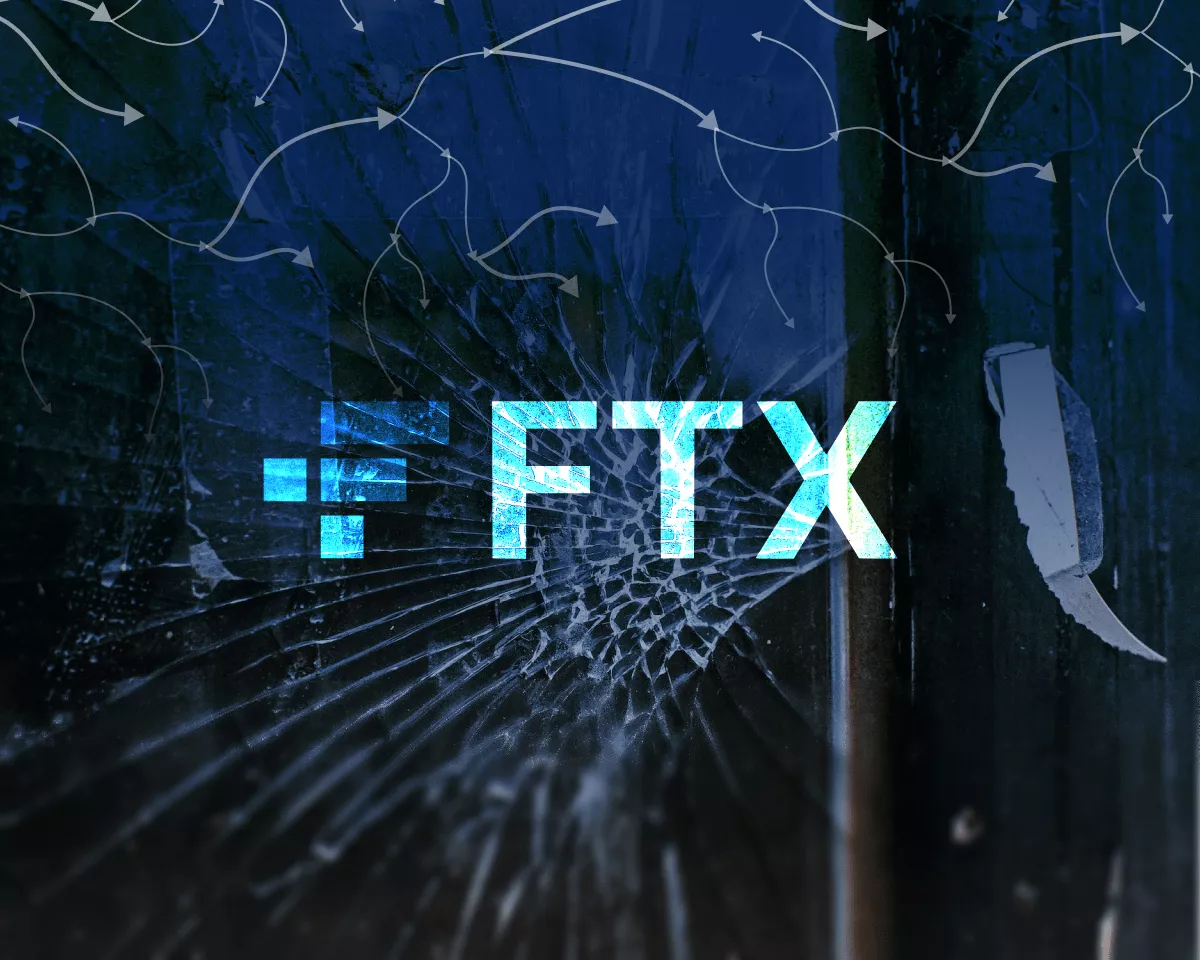Summary YieldMax's Income ETFs have a capped upside gain, posing a risk of underperformance in volatile markets, but some plans are better placed. COIN's volatility is comparable to MSTR, raising red flags for CONY, but recent data shows a slightly lower risk profile. CONY's performance captures more upside than expected, but shows lesser downside protection. Reflects as a poorer market-agnostic income plan. Can be used as an alternative to holding a more volatile COIN investment, not an income plan. In my previous analysis of YieldMax's Income ETFs, I have tried to highlight the generic issue plaguing any such option writing an income plan—the risk of eating like chickens and giving back like elephants. YieldMax's prospectus outlines the possibility of capped upside gains capturing—no misselling or missing investor education. The product outlines the nature of expected behavior upfront. I have also outlined how these products could underperform in several market scenarios that have not materialized so far. Investors often see past performance and ignore these possibilities, hence the reminder. Having said so, I found a few YieldMax plans that did seem better placed than the others. The criteria for such “Buy” calls were purely based on the tenure and performance record across market conditions and the overall volatility profile of the underlying. I will use the same approach for YieldMax COIN Option Income Strategy ETF ( CONY ). Volatility of the Underlying I had found the volatility levels of AMD sweet enough for a “Buy”. So, comparing COIN's volatility with AMD, we can conclude that the volatility is not low enough to be benign for option writing returns. Although current levels of volatility in AMD are higher than COIN, the average volatility of the past few years is well above. But is it too high? Too high volatility could lead to more scenarios where the movement in the underlying hurts overall returns, as we found in the case of the MSTR Income plan. Now, comparing COIN's volatility to MSTR's volatility, I do see red flags for COIN. There are periods of volatility, crossing 100% comfortably and even matching or surpassing MSTR at times. Overall, it seems a similar risk profile to that of MSTR, slightly lower if we consider the more recent one-year period. Data by YCharts Scenario 1 : 22nd July 2024 to 5th December 2024 This is the scenario I am most worried about. A period of downturn from 22nd July 2024 to 6th September 2024 when COIN crashed by 44%. Followed by a period of 133% rally from there to 6th December 2024. In such scenarios, an investor in COIN would have ended up 30% richer after the round trip. How does the investor in CONY do? I am expecting he will do better during the plunge but give back more opportunity during the upmove. Simulating an investor path through both the cases of holding COIN vs. CONY shows the expected overall subdued gains in owning CONY. But I am pleasantly surprised that there are gains (and in fact not lagging as much as I expected). I have assumed no reinvestment of dividends and no time value either, so that makes the case for CONY encouraging. We can conclude that the structure of the option writing setup is arranged in such a way that it does effectively smoothens the crash cycle and does not underperform beyond expectations in the upmove. That is what I am looking for in an income plan. So far, so good! Investing in COIN vs CONY - volatile market (Image generated by author using data from Seeking Alpha) Scenario 1.1 : 6th September 2024 to 5th December 2024 I am relatively comfortable with the overall performance in Scenario 1, but will do the analysis on the subset of the upmove leg only, here in Scenario 1.1, to complete my analysis. Here I am expecting underperformance and want to gauge the degree. Investing in COIN vs CONY - bull case (Image created by author using data from Seeking Alpha) As we saw in Scenario 1, CONY does exceedingly well to capture a rally. The degree of underperformance is not at all severe enough for an option writing income strategy. Scenario 2 : 5th December 2024 to 8th April 2025 I usually expect cash-secured option writing income strategies to do worse in uptrends. Since CONY does very well in uptrends, there is a possibility that it is structured in a way to grab more upside opportunities. In this case, its performance during downtrends has to suffer. This is the scenario of a correcting market cycle. Here, the expectations are that CONY will indeed smoothen out the losses compared to holding the underlying. Again, the specifics and degree will be key. Investing in Coin vs CONY - bear case (Image generated by author using data from Seeking Alpha) Results show where CONY starts developing a negative thesis. As I had expected, the uptrend performance means a sacrifice of downside protection. Indeed, CONY outperforms COIN in a bear scenario but similarly compensates with a similar degree of underperformance in the uptrend. All in all, it is looking like CONY is a smoother ride on COIN than a true market-agnostic income plan. Use CONY to Ride COIN, not as an Income Plan The volatility of the underlying, in principle, was bordering on a red flag for an income plan. The performance analysis clearly shows that this is not a reliable income plan across market conditions. It is not immune from significant overall losses (dividend plus capital), and only does better volatility management than simply investing in COIN. Note that the scenarios analyzed should give a good picture of what to expect, but each scenario in the future will have different dimensions, making performance predictions even tougher. Just add volatility as a variable in the mix, and the scenarios and outcomes multiply. Observe how the volatility surged quite late in Scenario 1.1 and was relatively lower in Scenario 2. Such volatility behaviors in conjunction with the price movement of the underlying have a material impact on returns (as premiums will depend largely on volatility). The degree of impact will change, but the theme of not cushioning directional markets still remains. I do not recommend CONY to investors seeking income, despite its great past performance in payout terms. Investors can consider other income alternatives such as AMDY, YBIT , and PLTR in that order. My rating on CONY is a “Hold” because of its past performance, ability to generate income (although at the cost of capital erosion), and other use cases such as a less volatile ownership of COIN. Investors who are looking to invest as an alternative to COIN, should time entries spread over a few days to reduce the impact of CONY price deviations to NAV (significant spikes noted). Premium Discount to NAV - CONY (YieldMax)













